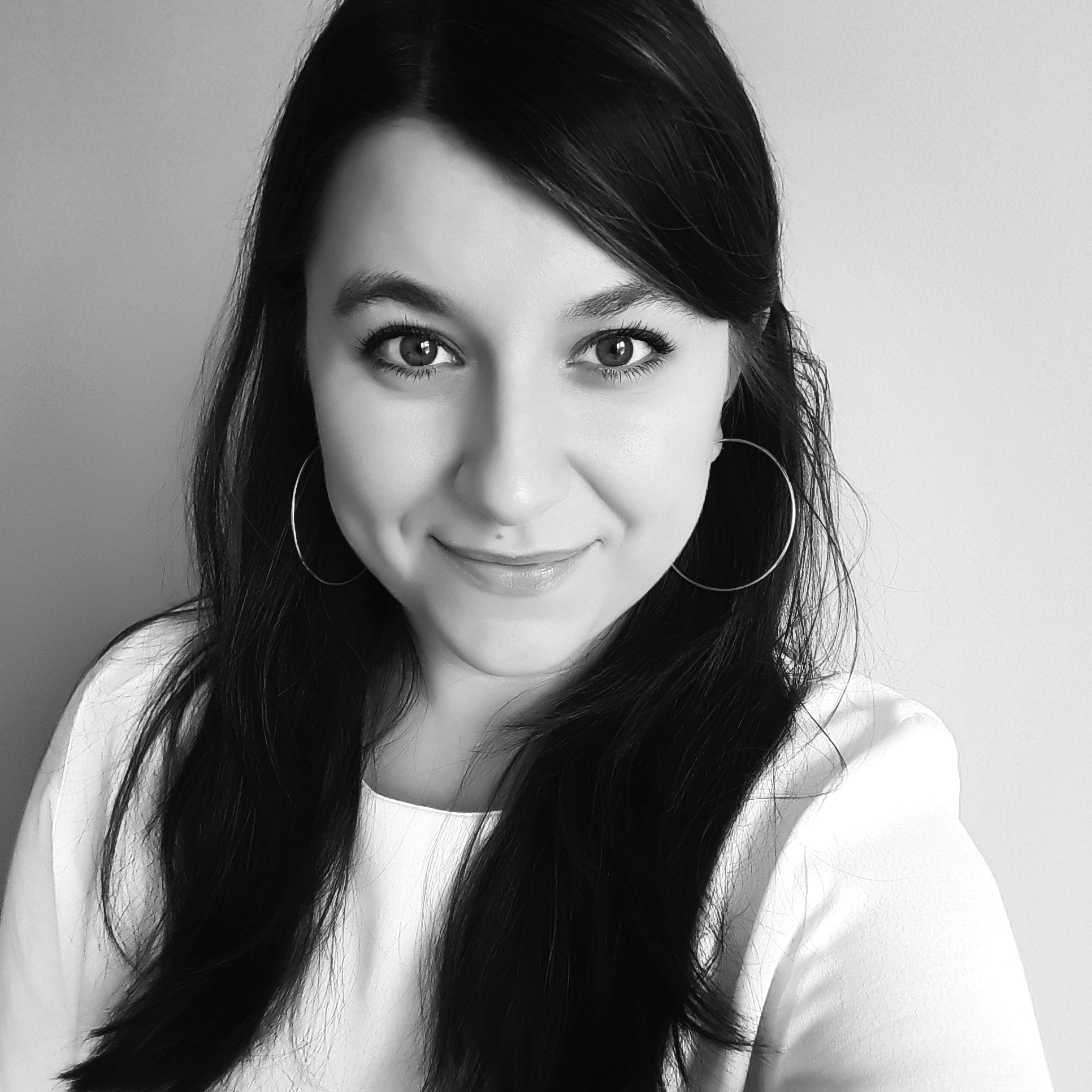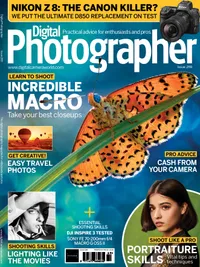Discover the golden hue that takes this photo to different dimensions
Photographer Karolina Konsur about her soft spot for long exposure techniques, combining movement and stillness

Photographer Karlina Konsur always lived by the sea but recently it has become both an inspiration and a spectacular subject for her photography. She talks to us about how the photo "Sunset at Kuźnica Beach" was taken, and why it works…
1. Golden glow
Karolina set out to capture this seascape early one spring evening. “I like photographing at this time because, for a short moment, the sun emits a characteristic, soft light with a golden hue and the landscape takes on a completely different dimension and vividness,” Karolina says. During the golden hour, warm, intense light accentuates shapes and creates a compelling atmosphere. With the sun setting, the light illuminates the beach and allows key parts of the picture, such as the grass and the sand, to shine. “In post-processing, I slightly increased the temperature and improved highlights, making the image warmer and emphasising the glow of the sun.”
2. Motion blur
“I have a soft spot for the long-exposure effect, which captures the beauty of a seascape as a combination of movement and stillness,” says Karolina. “I wanted the boats to remain unchanged regardless of the shutter speed, but for the grass and a few clouds to reveal more movement. Deliberate use of blur allowed me to create a soft, captivating image, showing the passage of time.” Since long exposures allow more light to enter the sensor, Karolina uses a polariser and an ND filter in addition to a tripod. These help control exposure and prevent highlights from being overexposed.
3. Foreground interest
Photographers often focus only on the obvious, dominant subjects within the scene, but it also pays to include some foreground elements in the composition. “I planned on taking a long exposure shot, focusing not just on the beach itself but also its surroundings,” says Karolina. Foreground elements are hugely important for dynamic compositions, they have a great impact on the viewer and make them feel as though they are part of the scene. By including these elements, Karolina created more depth in the seascape. “The blurred elements in the foreground were supposed to give the image a fairy-tale vibe and lightness, in contrast to the static boats moored at the shoreline.”
4. Straight horizon
“At first glance, the horizon is an insignificant line, but it plays a huge role in the perception of the image and is an integral part of it,” says Karolina. “When photographing a seascape, it is crucial to capture the horizon straight because skewing it may spoil the final effect and give the impression that water flows from one side of the image.” Since she captured the scene on uneven ground, Karolina used a tripod and the built-in digital level gauge in her camera to align the horizon. “Shooting with an ultra-wide-angle lens may cause the horizon to curve on both sides but that can easily be eliminated during post-processing,” she adds.
The sea attracts me with its space and the various faces of its elements. Depending on the season and the weather, the sea can introduce different energy into the picture.”
Tech details
Aperture: f/11
Shutter speed: 8sec
The best camera deals, reviews, product advice, and unmissable photography news, direct to your inbox!
ISO: 100
Camera: Canon EOS 80D
Lens: Canon EF-S 10-18mm f/4.5-5.6 IS STM
Accessories:
- Tripod

Karolina Konsur is a landscape photographer from Gdansk in northern Poland, specializing in seascape and long-exposure photography. Photography has been her passion for many years, allowing her to constantly discover new places and capture unique moments in the frame. Karolina’s photographs have been awarded in many prestigious photo competitions, published in magazines, and presented at collective exhibitions.
This article originally appeared in Digital Photographer, a monthly magazine, and the kitbag essential for pros, enthusiasts, and amateurs alike!
Inside, you'll find practical guides, shooting tips, and techniques from working photographers, plus all the latest industry news.
Others in this series

Kim is a photographer, editor and writer with work published internationally. She holds a Master's degree in Photography and Media and was formerly Technique Editor at Digital Photographer, focusing on the art and science of photography. Blending technical expertise with visual insight, Kim explores photography's time-honored yet ever-evolving role in culture. Through her features, tutorials, and gear reviews, she aims to encourage readers to explore the medium more deeply and embrace its full creative potential.


